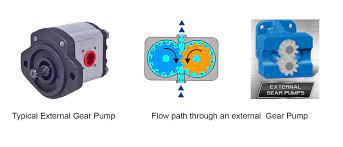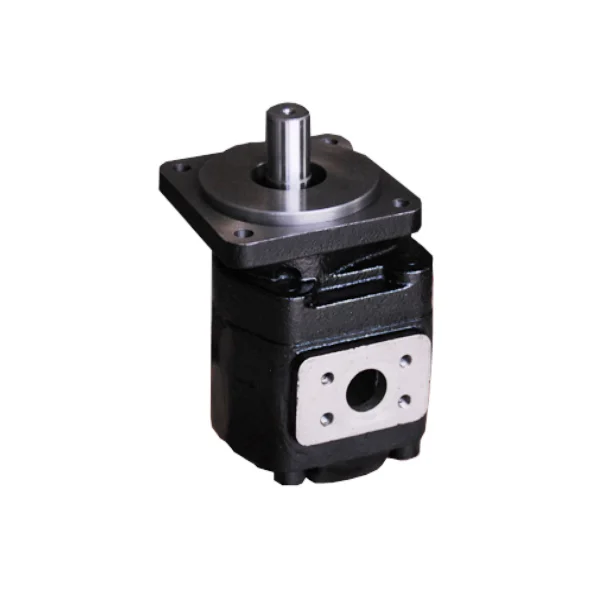Fluid transfer is a critical process in various industries, ranging from manufacturing and chemical processing to oil and gas. To ensure efficient and reliable fluid transfer, the choice of pump plays a crucial role. One type of pump that has gained significant popularity in fluid transfer applications is the gear pump. In this article, we will explore the advantages of gear pumps and why they are preferred in fluid transfer applications.
I. Understanding Gear Pumps
Before delving into the advantages, it is essential to have a basic understanding of gear pumps. Gear pumps are positive displacement pumps that use meshing gears to transfer fluids. They consist of two or more gears, typically rotating in opposite directions, within a housing. As the gears rotate, they create a vacuum, drawing in fluid and then pushing it out through the discharge port.

II. High Efficiency
One of the primary advantages of gear pumps is their high efficiency. Due to their positive displacement design, gear pumps provide a consistent flow rate regardless of the pressure or viscosity of the fluid being transferred. This makes them ideal for applications where precise and accurate fluid transfer is required.
III. Wide Range of Fluid Compatibility
Gear pumps are known for their versatility and ability to handle a wide range of fluids. They can effectively transfer both thin and thick liquids, including oils, chemicals, and even abrasive or viscous substances. This versatility makes gear pumps suitable for various industries, such as automotive, food processing, and pharmaceuticals.
IV. Compact and Space-Saving Design
Gear pumps are compact in size, making them an excellent choice for applications where space is limited. Their simple construction and small footprint allow for easy installation in tight spaces, making them highly desirable in industries where efficiency and space optimization are crucial.

V. Self-Priming Capability
Another advantage of gear pumps is their self-priming capability. This means that they can create a vacuum and draw fluid into the pump without the need for external priming. This feature is particularly useful in situations where the pump needs to be located above the fluid source, eliminating the need for additional equipment or complex setups.
VI. Minimal Pulsation and Noise
Gear pumps operate smoothly and generate minimal pulsation and noise compared to other types of pumps. This is due to the continuous flow of fluid created by the meshing gears, resulting in a steady and consistent output. The reduced pulsation and noise levels make gear pumps suitable for applications where noise reduction and smooth operation are essential.
VII. Reliability and Durability
Gear pumps are known for their reliability and durability. With fewer moving parts compared to other pump types, gear pumps have a lower risk of mechanical failure. Additionally, their robust construction and ability to handle various fluids contribute to their longevity and resistance to wear and tear.
VIII. Easy Maintenance
Maintaining gear pumps is relatively straightforward, thanks to their simple design. Routine maintenance tasks such as lubrication, inspection, and seal replacement can be easily performed, ensuring the pump's optimal performance and extending its lifespan. This ease of maintenance translates to reduced downtime and lower maintenance costs for fluid transfer systems.

IX. Cost-Effectiveness
Gear pumps offer a cost-effective solution for fluid transfer applications. Their efficiency, durability, and ease of maintenance contribute to lower operational costs over the pump's lifespan. Additionally, the versatility of gear pumps allows for their use in a wide range of applications, eliminating the need for multiple pump types and reducing overall equipment costs.
Conclusion
Gear pumps provide numerous advantages in fluid transfer applications, making them a preferred choice for many industries. Their high efficiency, wide range of fluid compatibility, compact design, self-priming capability, minimal pulsation and noise, reliability, easy maintenance, and cost-effectiveness make them an excellent investment for fluid transfer systems. By understanding the advantages of gear pumps, industries can make informed decisions when selecting pumps for their specific fluid transfer needs.
The Role of Gear Pumps in Hydraulic Systems
www.aj-motor.com
Shanghai AJA Technology Co., Ltd.
